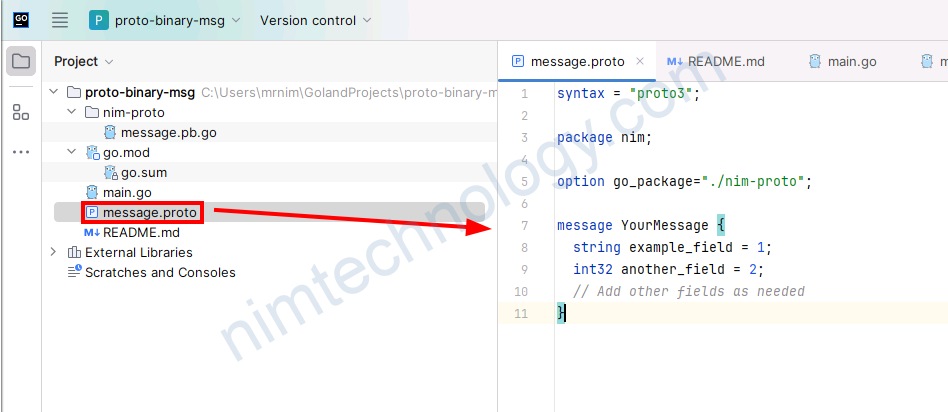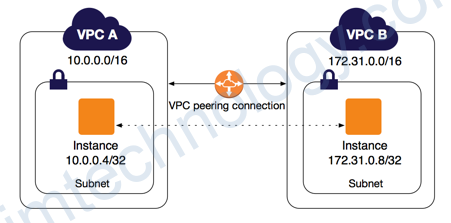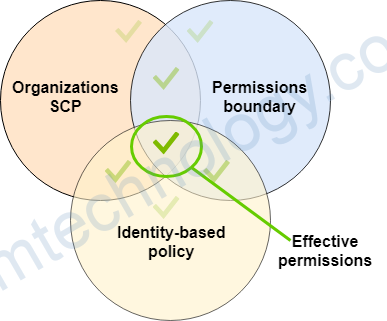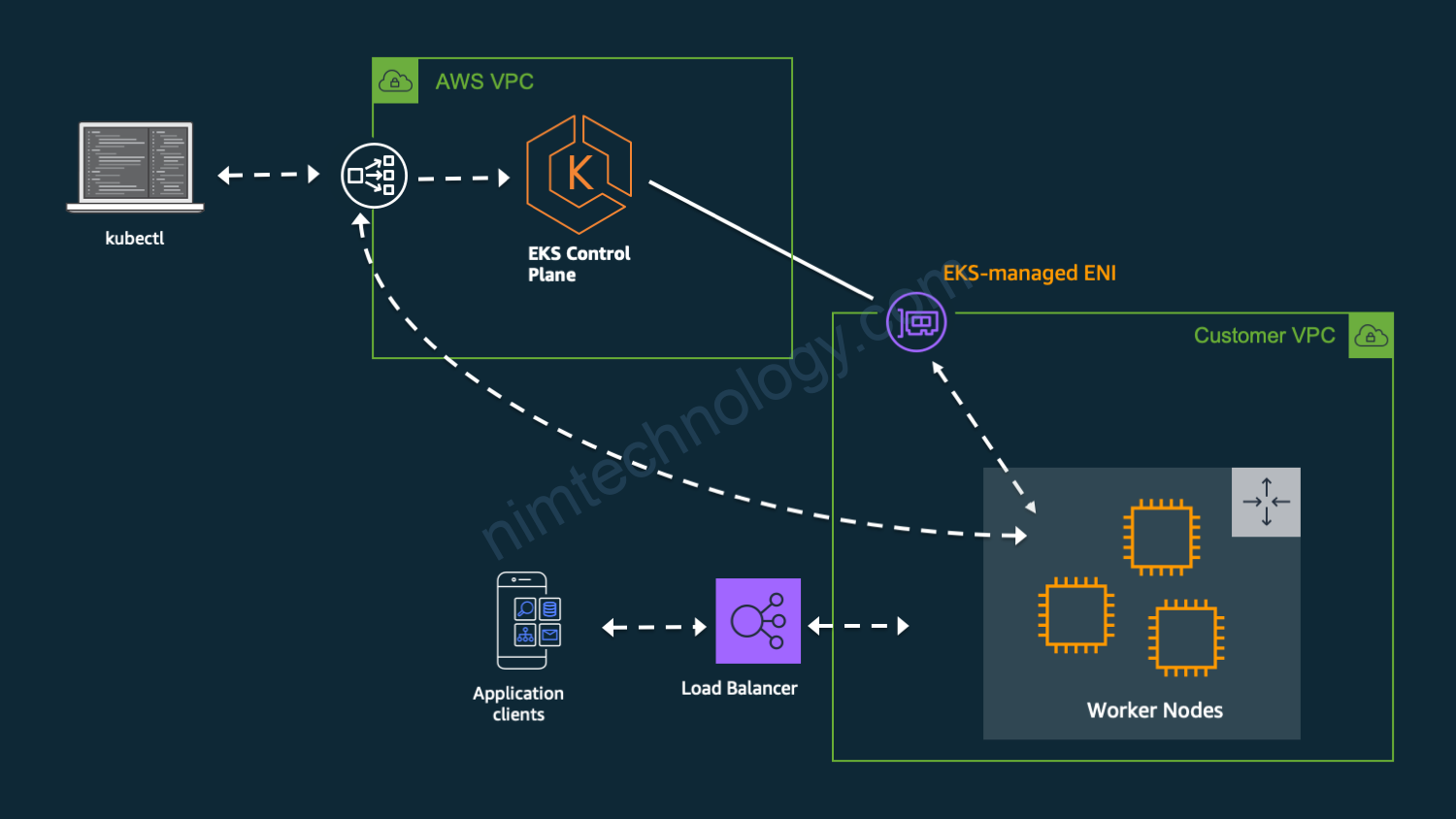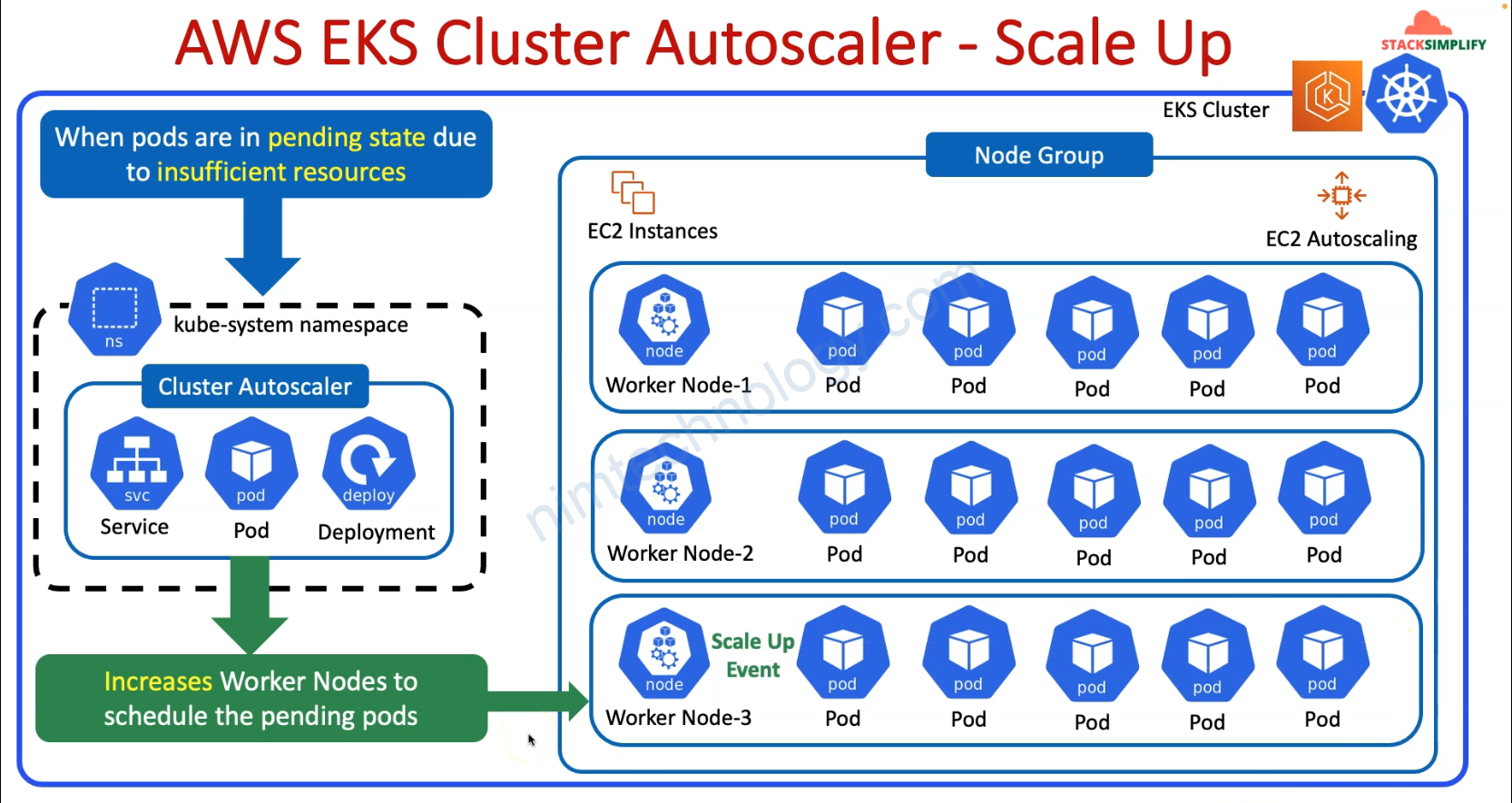Let’s convert the Python Redis migration code to Go, considering the go-redis library for Redis interactions. Here’s a step-by-step conversion from Python to Go.
Plan:
- Connections: Use
go-redisto connect to old and new Redis instances. - Concurrency: Go uses goroutines, so we will replace
multiprocessing.Poolwith goroutines and a worker pool using Go channels. - Key Migration: Use
SCANto retrieve keys in batches andDUMP/RESTOREto move data between Redis instances. - TTL Handling: TTL handling logic remains the same.
- Graceful Termination: Use context cancellation or signal handling to terminate goroutines.
Pseudocode:
- Establish Redis connections (old and new).
- Create worker pool using goroutines.
- Fetch keys in batches using SCAN.
- For each key:
- Get TTL.
- Dump the key from old Redis.
- Restore the key in new Redis with TTL.
- Handle errors during restore.
- Graceful shutdown with signal handling.
Go Code:
package main
import (
"context"
"fmt"
"log"
"os"
"os/signal"
"sync"
"syscall"
"time"
"github.com/go-redis/redis/v8"
)
var (
oldRedisHost = "SHARD_ENDPOINT_FOR_OLD_REDIS"
newRedisHost = "SHARD_ENDPOINT_FOR_NEW_REDIS"
rdbOld *redis.Client
rdbNew *redis.Client
ctx = context.Background()
)
func initRedisClients() {
rdbOld = redis.NewClient(&redis.Options{
Addr: oldRedisHost + ":6379",
DB: 0,
})
rdbNew = redis.NewClient(&redis.Options{
Addr: newRedisHost + ":6379",
DB: 0,
})
}
// Migrate a single key
func migrateKey(key string, wg *sync.WaitGroup) {
defer wg.Done()
// Get TTL
ttl, err := rdbOld.TTL(ctx, key).Result()
if err != nil {
log.Printf("Failed to get TTL for key %s: %v", key, err)
return
}
// If TTL is -1 (no expiration), set TTL to 0
if ttl < 0 {
ttl = 0
}
// Dump the key from old Redis
value, err := rdbOld.Dump(ctx, key).Result()
if err != nil {
log.Printf("Failed to dump key %s: %v", key, err)
return
}
// Restore the key in new Redis
err = rdbNew.RestoreReplace(ctx, key, ttl, value).Err()
if err != nil {
log.Printf("Failed to restore key %s: %v", key, err)
}
}
func workerPool(keys <-chan string, wg *sync.WaitGroup) {
for key := range keys {
migrateKey(key, wg)
}
}
// Graceful shutdown function to handle SIGINT (Ctrl+C)
func handleGracefulShutdown(cancel context.CancelFunc, wg *sync.WaitGroup) {
sigChan := make(chan os.Signal, 1)
signal.Notify(sigChan, syscall.SIGINT, syscall.SIGTERM)
// Block until a signal is received
<-sigChan
log.Println("Caught interrupt signal, terminating workers...")
cancel() // Trigger context cancellation
wg.Wait() // Wait for workers to finish
}
func main() {
// Initialize Redis clients
initRedisClients()
// Create a context that we can cancel
ctx, cancel := context.WithCancel(context.Background())
defer cancel()
// Channel to send keys to worker pool
keysChan := make(chan string)
var wg sync.WaitGroup
// Start worker pool (with 10 workers)
numWorkers := 10
for i := 0; i < numWorkers; i++ {
go workerPool(keysChan, &wg)
}
// Handle graceful shutdown
go handleGracefulShutdown(cancel, &wg)
// SCAN keys in Redis and send them to workers
var cursor uint64
for {
select {
case <-ctx.Done():
// Context is cancelled, exit loop
close(keysChan)
return
default:
// Scan 1000 keys at a time
keys, nextCursor, err := rdbOld.Scan(ctx, cursor, "", 1000).Result()
if err != nil {
log.Printf("Failed to scan keys: %v", err)
return
}
cursor = nextCursor
// Send keys to worker pool
for _, key := range keys {
wg.Add(1)
keysChan <- key
}
// Exit loop when scan is complete
if cursor == 0 {
break
}
}
}
// Wait for all workers to finish
wg.Wait()
close(keysChan)
log.Println("Migration completed successfully.")
}
Key Points in Go Code:
- Redis Connections: We establish two connections using
go-redis, one for the old Redis (rdbOld) and one for the new Redis (rdbNew). - Worker Pool: We use goroutines to create a pool of workers. Each worker listens on a channel for keys to process.
- Key Migration:
- For each key, we fetch the TTL and use
Dumpto get the key’s value. - We then
Restorethe key in the new Redis with the appropriate TTL.
- Graceful Shutdown: We handle
SIGINTandSIGTERMsignals to ensure the workers stop gracefully when interrupted (e.g., viaCtrl+C). - Concurrency: We use a
sync.WaitGroupto ensure that the main thread waits for all goroutines to complete their tasks.
Dependencies:
You will need the following dependency:
go get github.com/go-redis/redis/v8
Next Steps:
a. Would you like to test the migration in a controlled environment or add additional logging for tracking migration progress?
b. Should we add version compatibility checks between the old and new Redis versions to avoid ERR DUMP payload version or checksum errors?
Besides you can use Riot to migrate Redis’s data and It worked Elasticache of AWS:
https://redis.github.io/riot/#_install
riot replicate redis-nim-staging.yp7b3n.ng.0001.usw2.cache.amazonaws.com:6379 redis-nim-staging-test-replicate-0001-001.yp7b3n.0001.usw2.cache.amazonaws.com:6379 --target-cluster --mode live --info --progress log --show-diffs --threads 100 --batch 1 --struct

